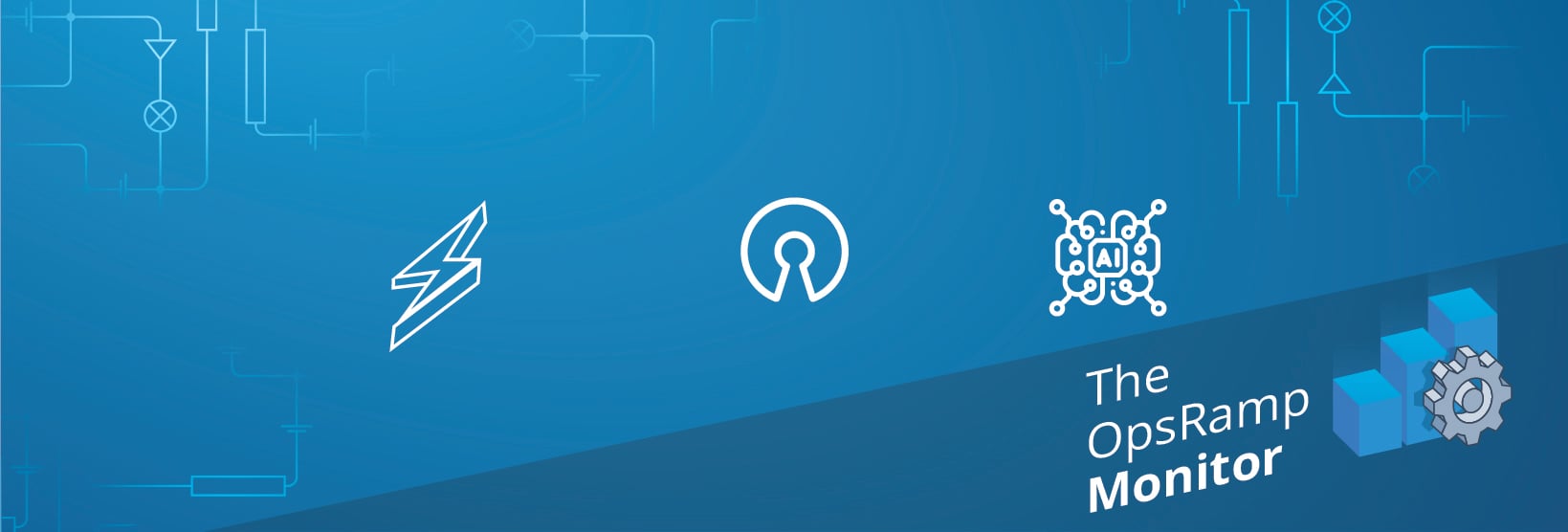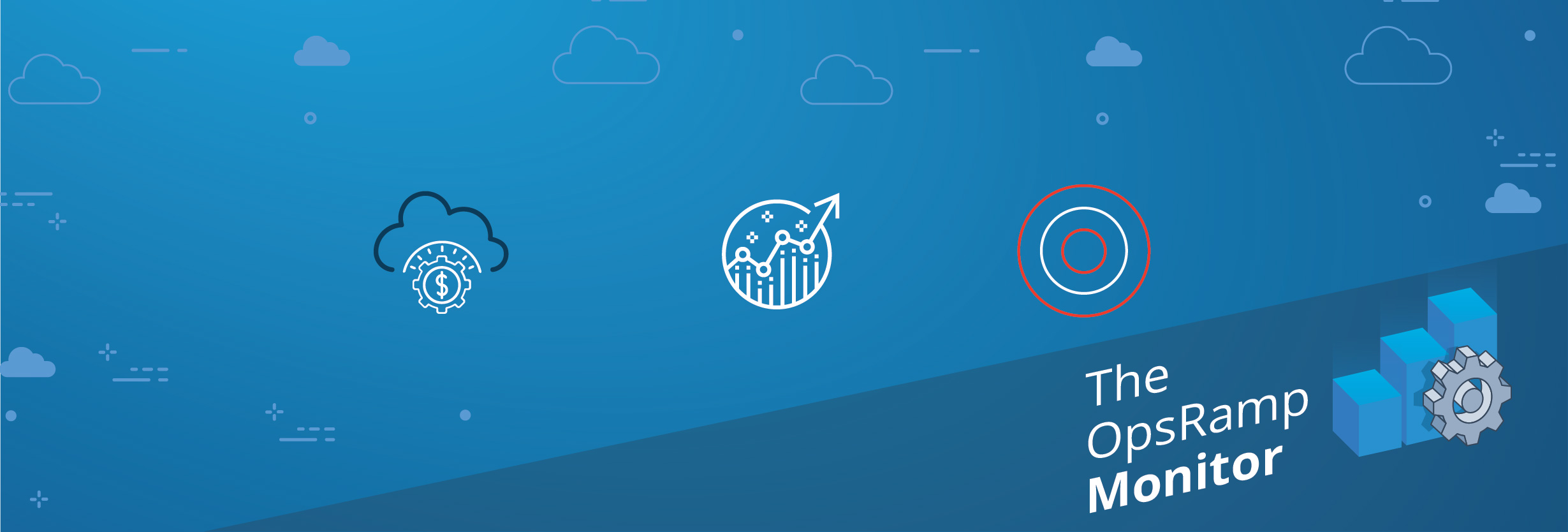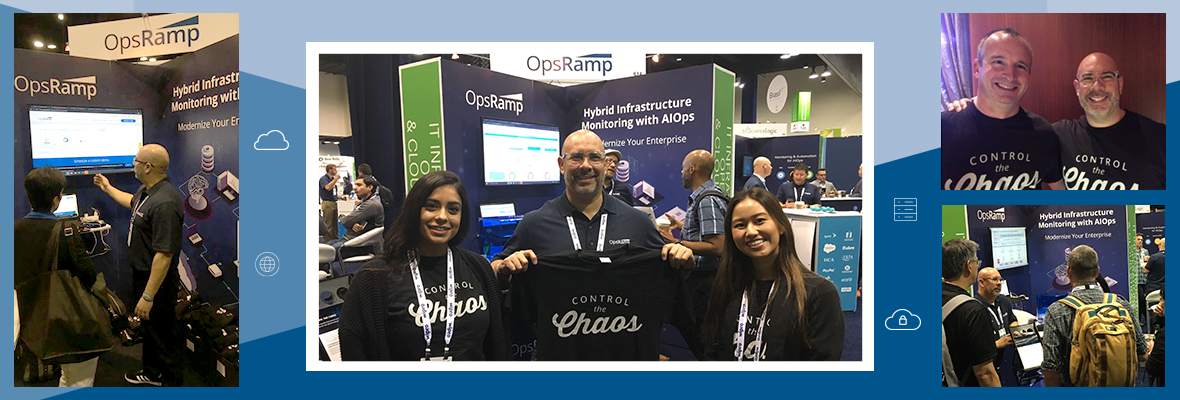Two tectonic shifts are occurring in IT today that affect the way infrastructure and the expert resources that support it are sourced. IT is becoming federated. In modern IT, your infrastructure will come from distributed sources and mid enterprises will increasingly seek expertise from the outside to fulfill needs. What does that mean for IT?
Gone are the days that IT manages a single monolithic cost center. Innovations in cloud computing and virtualization allow the smallest companies to the Fortune 100 to acquire any infrastructure resources and applications from anywhere, anytime, at the drop of a credit card. “Shadow IT” has become a mainstream phrase and there is broad recognition that IT must bring these elements under a single operations framework - for compliance, security, and governance - while meeting the needs of the business groups that consume them.
With this rapid evolution of IT needs, organizations face challenges to maintain ever-broadening expertise in-house. Lines will blur between “internal” and “external” as OEMs take more responsibility to support their products after the sale, and partners become collaborators with enterprise IT beyond projects and implementation to support regular operations. Large enterprises may continue to utilize “outsourcing” models, but agile mid-size companies will “co-source” from external service providers to strategically leverage expertise on demand.
Modern IT is the paradigm shift of IT delivering shared IT operations and service management as a service to multiple lines of business in an enterprise. The federation of IT accelerates the need for enterprise IT to operate in this way - distributed resources require governance, but also allows IT to be flexible like never before to meet service levels and provide insights to the business.
To succeed as a service provider, IT not only needs to transform operations and embrace IT federation, but employ the right tools to provide the visibility and management suite to stay ahead of technology obstacles and opportunities on behalf of the business. The single pane of glass gives line of sight to any IT element, wherever or whatever it is, and allows anyone with proper access to see or remotely manage any part of your infrastructure.
Your “clients” can be treated as discrete entities to report on, or in a unified view of all operations. Incident tickets can be shared with OEMs, managed service providers, or a marketplace of service providers who can securely access and troubleshoot remotely.
A SaaS architecture is ideal to support a distributed and complex IT environment. In addition to the advantages of “evergreen” solutions and continuous innovation, multi tenancy ensures that you benefit from best practices and updated standard operating procedures across the platform.
OpsRamp’s vision is to revolutionize IT management to meet the needs of modern IT. The technology was purpose-built to address the new age challenges and opportunities from the federation of IT.





